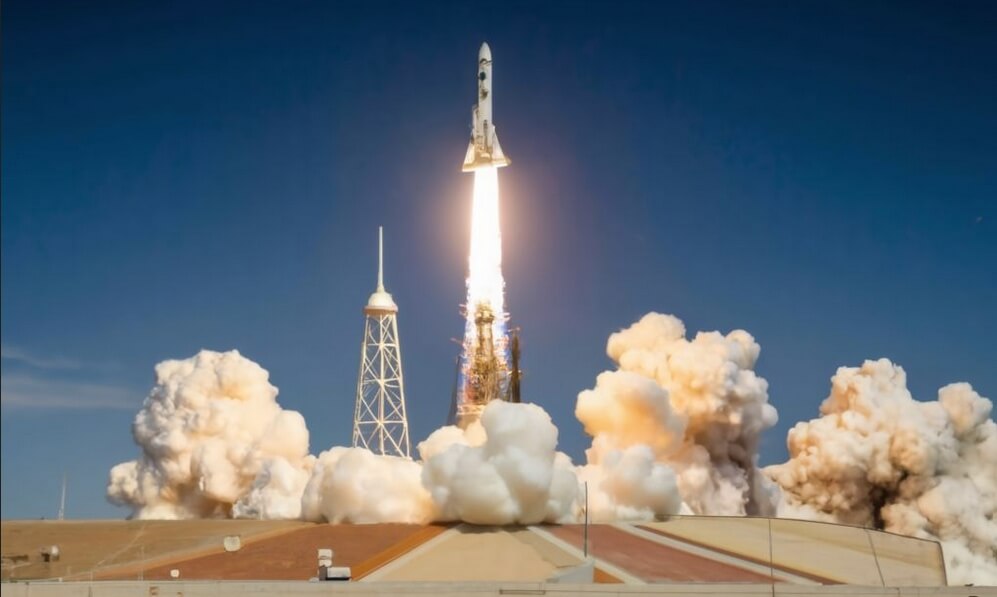Mars, the fourth planet from the Sun, has fascinated the human imagination for centuries. With the progress of space exploration in recent decades, we have come closer to uncovering the mysteries of the Red Planet. As robotic missions, such as rovers, pave the way for future human expeditions, integrating artificial intelligence (AI) becomes crucial in improving these interplanetary missions’ efficiency, autonomy, and scientific output. The potential uses of AI on Mars range from self-governing navigation to data analysis, which promises to revolutionize our understanding of the Martian landscape and lay the foundation for future manned missions. In this context, exploring the various applications of AI on Mars not only showcases the technological expertise of space exploration but also emphasizes the collaborative synergy between human ingenuity and artificial intelligence.

AI on Mars
AI on Mars is utilized for autonomous rover navigation, image analysis, data processing, communication optimization, mission planning, dust storm prediction, resource utilization, and robotics for in-situ resource utilization (ISRU).
Uses of AI on Mars
Here are some potential uses of AI on Mars:
- Data Processing and Analysis: AI can assist in processing and analyzing the enormous volumes of data collected from various instruments on Mars missions. This includes data from spectrometers, cameras, and other scientific instruments, helping researchers gain insights into Martian geology, climate, and atmosphere.
- Dust Storm Prediction: Mars is known for its frequent dust storms. AI models can help predict and analyze these storms, providing valuable information for mission planning and ensuring the safety of robotic explorers.
- Resource Utilization: AI can help efficiently use resources on Mars, such as energy, water, and materials. This is crucial for long-term human missions, where sustainability and self-sufficiency are key considerations.
- Robotics for In-Situ Resource Utilization (ISRU): AI can enhance the capabilities of robotic systems involved in extracting and processing local resources on Mars, supporting potential efforts for producing fuel, oxygen, or other essentials for future manned missions.
- Autonomous Rovers: AI can enable Martian rovers to navigate autonomously, avoiding obstacles and selecting the most efficient paths to reach their destinations. This involves perception, path planning, and decision-making algorithms.
- Image Analysis and Object Recognition: AI algorithms can analyze images captured by rovers to identify interesting geological features, potential hazards, or signs of past or present life. This includes techniques like object recognition, classification, and anomaly detection.
- Mission Planning and Scheduling: AI can assist in generating optimized mission plans and schedules, considering various constraints such as energy availability, communication windows, and scientific objectives.
- Resource Management: AI can help manage resources efficiently, such as energy, water, and supplies, by predicting consumption patterns, optimizing usage, and identifying opportunities for recycling or replenishment.
- Communication Optimization: AI algorithms can optimize communication between Earth and Mars by predicting network conditions, prioritizing data transmission, and adjusting protocols for efficient data exchange.
- Robotic Manipulation and Sample Collection: AI can improve the accuracy and efficiency of robotic arms for sample collection, analysis, and manipulation tasks, enabling precise operations even in challenging environments.
- Environmental Monitoring and Control: AI systems can monitor environmental conditions inside habitats or spacecraft, regulating temperature, humidity, air quality, and other parameters to ensure the well-being of crew members and equipment.
- Predictive Maintenance: AI can analyze telemetry data from Mars-based equipment to predict potential failures or maintenance needs, enabling proactive maintenance activities and minimizing downtime.
- Scientific Data Analysis: AI techniques such as machine learning can analyze large volumes of scientific data collected from Mars missions, helping scientists discover patterns, correlations, and insights that may not be immediately apparent.
- Crew Support and Assistance: AI-powered virtual assistants can provide support to human crews on Mars, assisting with tasks, providing information, and offering companionship during long-duration missions.
- Habitat Design and Optimization: AI can contribute to the design and optimization of habitats and life support systems for Martian environments, considering factors such as structural integrity, energy efficiency, and crew comfort.
- Health Monitoring and Diagnostics: AI can monitor the health status of crew members, analyze medical data, and provide diagnostic assistance in case of illnesses or injuries, helping to maintain crew health and well-being.
As humanity ventures further into the cosmos, incorporating artificial intelligence on Mars represents a significant breakthrough in understanding this remote planet. The role of AI goes beyond mere technological innovation, from autonomous rovers exploring unfamiliar terrains to sophisticated image analysis that assists in geological discoveries. AI has become an essential partner in scientific pursuits aimed at unravelling Mars’s mysteries, enhancing robotic missions’ capabilities, and laying the foundation for eventual human habitation. Human curiosity and artificial intelligence fusion exemplify our collective ambition to explore the cosmos. As we continue to push the boundaries of space exploration, the integration of AI on Mars serves as a guiding light, illuminating the way towards a future where humans and machines work together to unlock the secrets of the universe.
Related articles:
About: Collegelib.com prepared and published this article to prepare an engineering research/seminar/thesis. Before shortlisting your topic, you should do your research in addition to this information. Please include Reference: Collegelib.com and link back to Collegelib in your work.
This article was originally published on Collegelib in 2024.